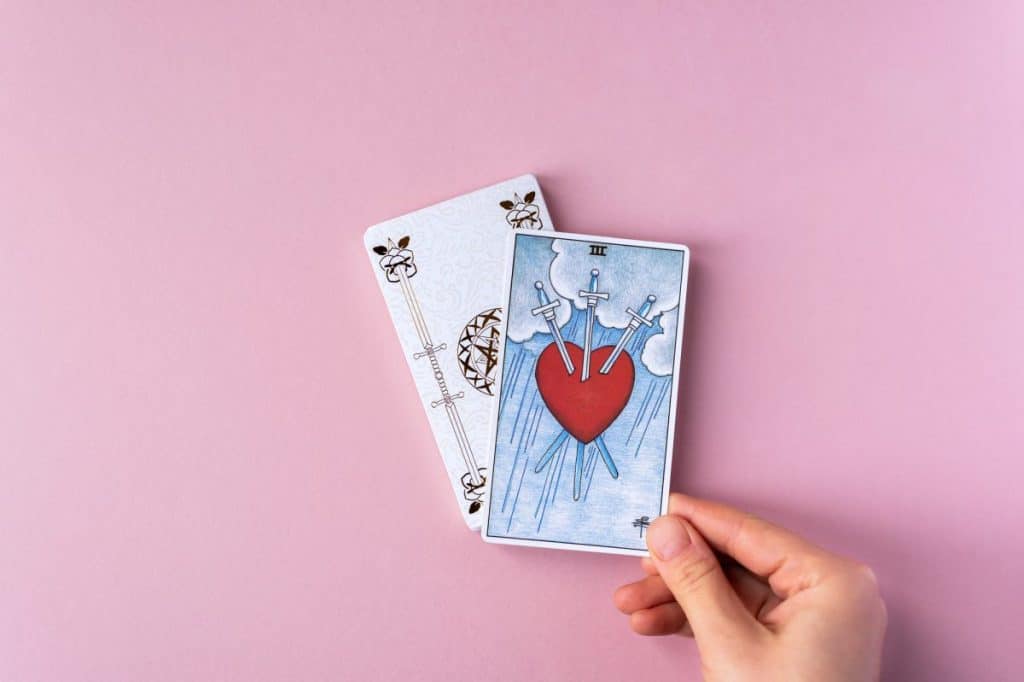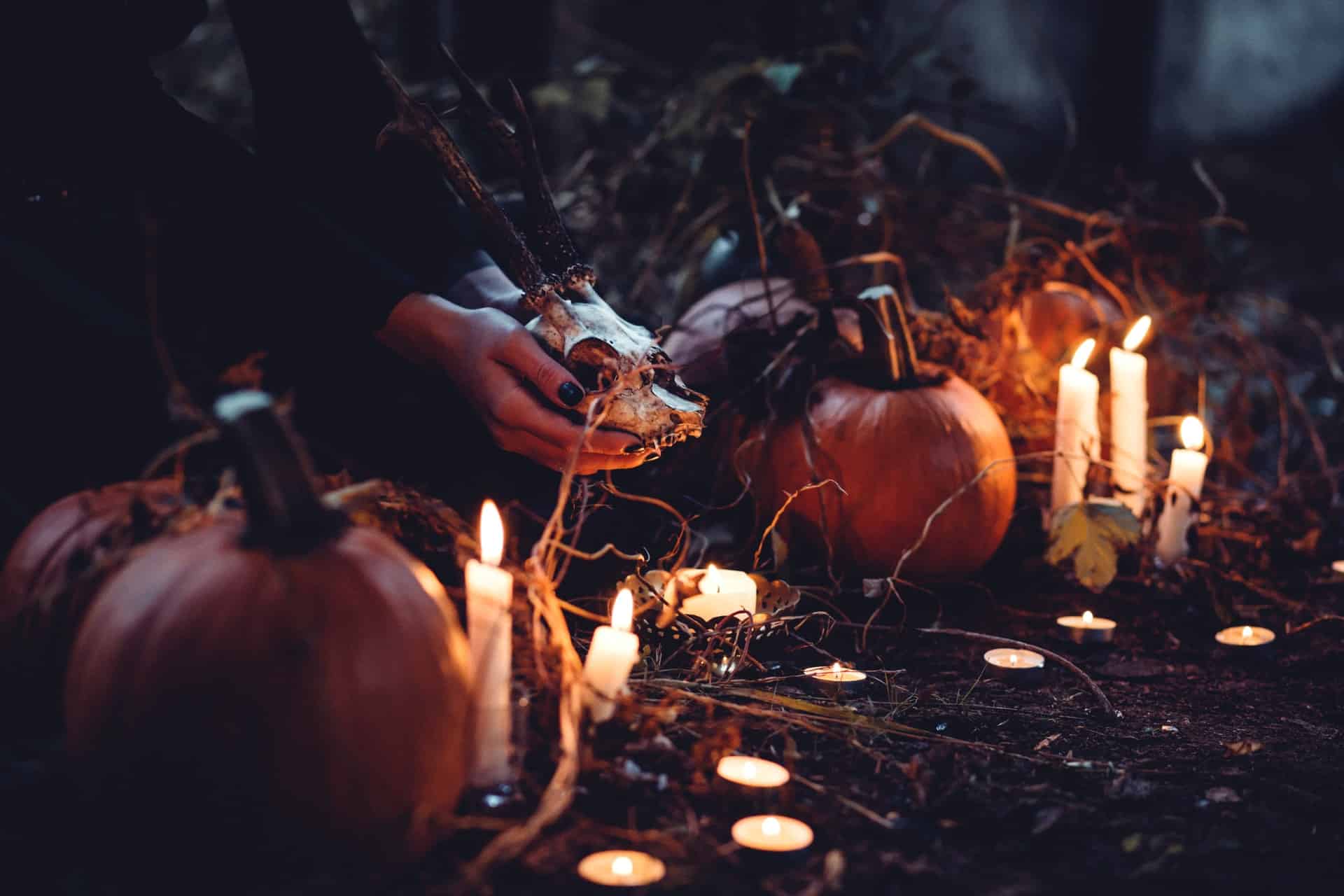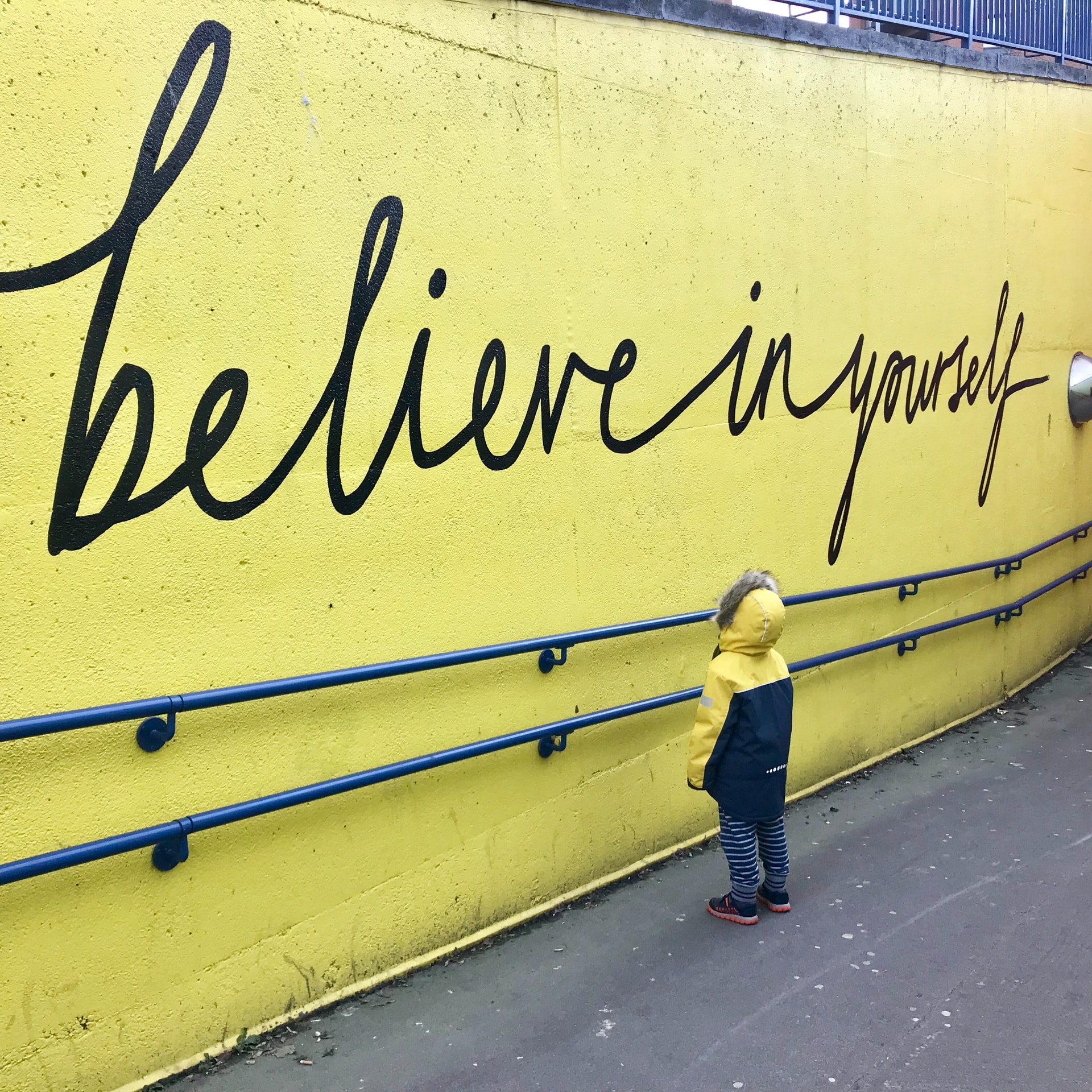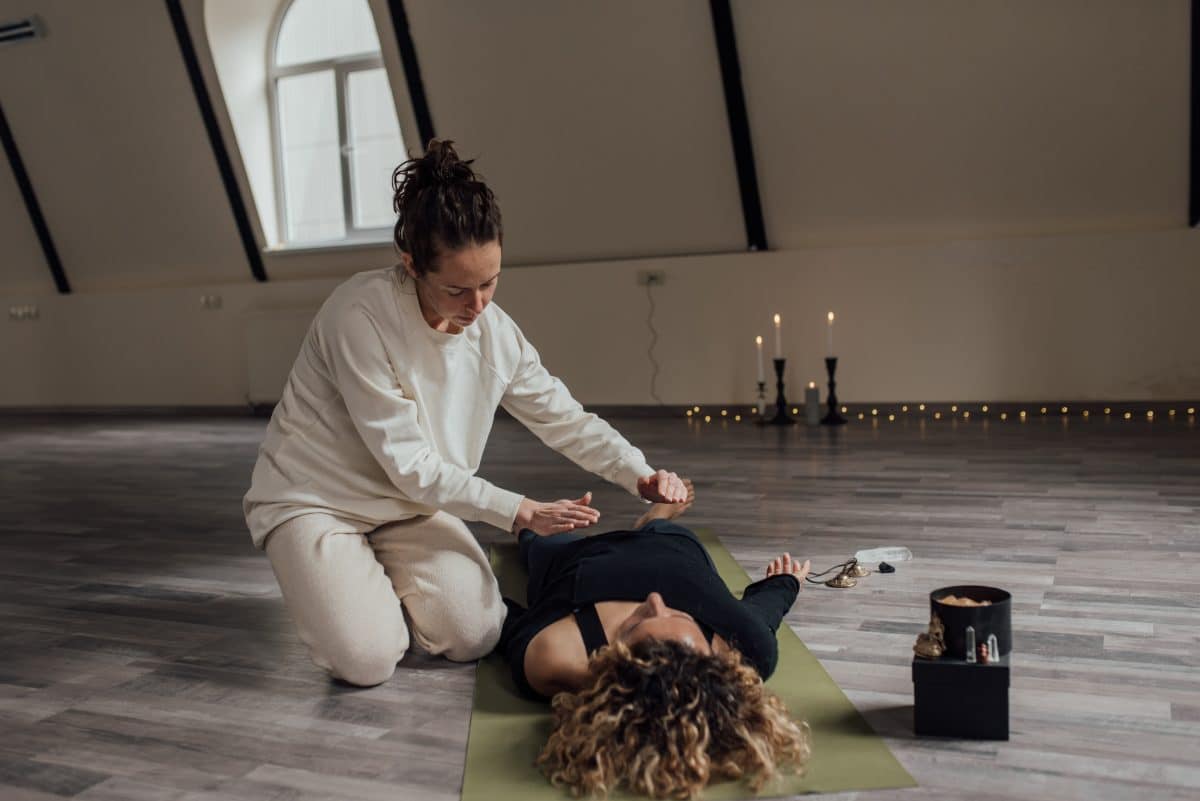The Secrets of Tarot: A Guide to Reading the Cards
Tarot cards have been used for centuries to provide insight, guidance, and inspiration. Whether you are a curious beginner or an experienced reader, unlocking the secrets of tarot can be a rewarding and empowering journey.

Table of Contents
The History of Tarot Cards
The origins of tarot are shrouded in mystery, but many historians believe that these cards were created in Italy during the Renaissance period. Originally used for playing games, tarot gradually evolved into a tool for divination and spiritual exploration. Over the centuries, different cultures and traditions have adopted and adapted tarot decks, resulting in a rich variety of artistic styles and symbolic systems.
Origins of Tarot
Some researchers trace the roots of tarot back to ancient Egypt, where a system of symbols and images was used for spiritual teachings and mystical practices. Others believe that tarot was influenced by Kabbalah, the Christian Bible, or astrology. Regardless of its exact origins, tarot has become a global phenomenon that speaks to people of all backgrounds and beliefs.
The earliest known tarot decks were created in the 15th century in northern Italy. These decks were used primarily for playing card games, much like modern-day playing cards. It wasn’t until the 18th century that tarot began to be used for divination purposes. This was largely due to the publication of a book called “The Game of Tarot” by Jean-Baptiste Alliette, which popularized the use of tarot cards for fortune-telling.
Tarot Through the Ages
As tarot spread across Europe and beyond, different regions and cultures developed their own versions of the cards. In France, for example, a variation known as the Marseille deck became popular, featuring colorful images and intricate patterns. In England, the Rider-Waite-Smith deck was created in the early 20th century, and became one of the most iconic and widely-used tarot decks today. Other notable decks include the Thoth deck, the Tarot of Marseilles, and the Osho Zen Tarot.
Each tarot deck has its own unique symbolism and interpretation, making it important for individuals to choose a deck that resonates with them. Some decks may be more suited for beginners, while others may be more complex and require more experience to fully understand.
Modern Tarot Decks
In recent years, tarot has experienced a resurgence of interest and creativity. Many new tarot decks are being created by artists and designers around the world, using a range of mediums and styles. Some are inspired by pop culture phenomena like Harry Potter or Game of Thrones, while others draw on traditional symbolism and mythology. With so many options available, it’s important to choose a deck that resonates with you and speaks to your personal journey.
Modern tarot decks often incorporate diverse and inclusive imagery, reflecting the changing landscape of the world we live in. Some decks may feature LGBTQ+ representation, while others may highlight the experiences of people of color or individuals with disabilities. This inclusivity allows for a wider range of people to connect with tarot and find meaning in its messages.
Overall, tarot continues to be a powerful tool for self-reflection, spiritual growth, and divination. Whether you’re a seasoned tarot reader or just starting out, there’s always something new to discover in the world of tarot.
Understanding Tarot Card Structure
Before you can start reading tarot cards, it’s helpful to understand their basic structure and components. Most tarot decks consist of 78 cards, divided into two main categories: the Major Arcana and the Minor Arcana.
The Major Arcana
The Major Arcana consists of 22 cards, each representing a major theme or archetype in human experience. These cards are numbered from 0 (The Fool) to 21 (The World), and often feature powerful imagery and symbolism. Each card in the Major Arcana has a unique story to tell, and they are often seen as representing the journey of the Fool through life.
For example, The Magician represents new beginnings and the power of manifestation, while The High Priestess represents intuition and the unknown. The Empress represents creativity and abundance, while The Tower represents sudden upheaval and destruction. The Judgment represents rebirth and renewal, while The World represents completion and wholeness.
When reading tarot cards, the Major Arcana cards are often seen as having a greater impact and significance than the Minor Arcana cards.
The Minor Arcana
The Minor Arcana consists of four suits, similar to playing cards: Wands, Cups, Swords, and Pentacles. Each suit contains 14 cards: ten numbered cards and four court cards (Page, Knight, Queen, and King). These cards represent everyday aspects of life, such as work, relationships, communication, and finances.
The numbered cards in each suit represent different levels of experience or progression, while the court cards represent different people or personalities in your life. For example, the Page of Wands represents new beginnings and creative inspiration, while the King of Pentacles represents financial stability and abundance.
The Four Suits and Their Elements
Each suit in the Minor Arcana is associated with a specific element, which can give insight into its meanings and interpretations.
- Wands: Fire – passion, creativity, ambition
- Cups: Water – emotions, intuition, empathy
- Swords: Air – intellect, conflict, decision-making
- Pentacles: Earth – materiality, stability, abundance
By understanding the elemental associations of each suit, you can begin to see patterns and connections among the cards. For example, the Suit of Wands is associated with the element of Fire, which represents passion, creativity, and ambition. This suit often represents new beginnings and creative inspiration, and can indicate a need to take action or pursue your passions.
The Suit of Cups, on the other hand, is associated with the element of Water, which represents emotions, intuition, and empathy. This suit often represents relationships and emotional connections, and can indicate a need to connect with your feelings and intuition.
The Suit of Swords is associated with the element of Air, which represents intellect, conflict, and decision-making. This suit often represents challenges and obstacles, and can indicate a need to think critically and make difficult decisions.
The Suit of Pentacles is associated with the element of Earth, which represents materiality, stability, and abundance. This suit often represents finances and material possessions, and can indicate a need to focus on practical matters and financial stability.
Preparing for a Tarot Reading
Once you have a basic understanding of tarot structure and symbolism, you can start to prepare for a reading. While there is no one-size-fits-all approach to tarot, there are some general guidelines and practices that can help you get the most out of your readings.
Choosing a Tarot Deck
As mentioned earlier, there are many different tarot decks to choose from, each with its own flavor and energy. Some decks are more traditional and serious, while others are more playful or visionary. Before you start reading, take some time to find a deck that resonates with you and inspires your curiosity.
Creating a Sacred Space
Once you have chosen your deck, it’s important to create a sacred space in which to do your readings. This can be as simple as lighting a candle or incense, putting on some soothing music, or clearing your mind of distractions. The idea is to create a peaceful and focused environment that supports your intuition and insights.
Formulating Your Question
Before you start shuffling your cards and laying them out, it’s helpful to formulate a clear and specific question or topic for your reading. This can be anything from a general inquiry about your life path to a specific question about a relationship or situation. The more focused and open-ended your question, the more likely you are to receive meaningful and relevant guidance.
Tarot Reading Techniques
Now that you have everything in place, it’s time to start reading your cards. There are many different techniques and spreads you can use, depending on your style and the nature of your question. Here are a few popular methods to get you started:
The One-Card Reading
The one-card reading is a simple yet insightful way to gain perspective on a specific situation or topic. To do this reading, simply shuffle your deck while focusing on your question, and then draw one card from the deck. The card you draw represents a message or insight related to your question. This reading can be especially helpful if you are short on time or just need a quick check-in with your intuition.
The Three-Card Spread
The three-card spread is a classic and versatile method for exploring different aspects of a question or situation. To do this reading, shuffle your deck and then draw three cards in a row, placing them face-up in front of you. Position each card as follows:
- The first card represents the past, or the root of the situation.
- The second card represents the present, or the current state of affairs.
- The third card represents the future, or the potential outcomes of the situation.
Once you have laid out the cards, take some time to reflect on their meanings and how they relate to your question. You can also look for patterns or themes that emerge among the cards.
The Celtic Cross Spread
The Celtic Cross spread is a more complex but comprehensive method for exploring a question or issue in depth. This spread consists of ten cards, each representing a different aspect of the situation. To do this reading, shuffle your deck and then lay out the cards as follows:
- The first card represents the present situation.
- The second card represents the challenge or conflict facing you.
- The third card represents the root cause of the situation.
- The fourth card represents the distant past and its influence on the situation.
- The fifth card represents the recent past and its influence on the situation.
- The sixth card represents the future, or what is to come.
- The seventh card represents your attitude towards the situation.
- The eighth card represents the attitude of others towards you.
- The ninth card represents your hopes and fears.
- The tenth card represents the final outcome or resolution of the situation.
As you can see, this spread offers a thorough and multi-layered interpretation of a question or issue. However, it can also be overwhelming or confusing for beginners, so it’s important to use it with patience and curiosity.
Custom Spreads and Layouts
Of course, there are many other spreads and layouts you can use, depending on your preferences and needs. You can even create your own custom spread by combining different techniques or inventing your own. The key is to approach tarot readings with an open mind and a willingness to explore different perspectives.
Interpreting Tarot Card Meanings
Once you have laid out your cards in a spread, it’s time to interpret their meanings and messages. This is where your intuition and imagination come into play, as well as your knowledge of tarot symbolism and history.
The Role of Intuition
One of the most magical and mysterious aspects of tarot is the way it can tap into your subconscious and intuitive mind. As you look at the cards, notice which images or symbols stand out to you, and how they resonate with your question or situation. Trust your gut feelings and instincts, even if they are not immediately clear or logical.
Symbolism in Tarot Cards
Another important factor to consider when interpreting tarot cards is their symbolism and meanings. Each card contains a variety of elements, such as colors, numbers, animals, objects, and people. These elements can suggest different themes or messages, depending on their context and placement in the spread. For example:
- The color red often signifies passion, energy, or intensity.
- The number seven often signifies spiritual growth, introspection, or challenge.
- The image of a sword often signifies conflict, decision-making, or clarity.
- The image of a butterfly often signifies transformation, growth, or beauty.
By exploring the symbolism of each card, you can deepen your understanding of its message and relevance to your question. However, it’s also important to remember that symbolism is subjective and open to interpretation – what may be meaningful to one person may not resonate with another.
Considering Card Combinations
Finally, it’s worth noting that the meaning of a single tarot card can be influenced by its relationship to other cards in the spread. When interpreting a card, look at how it interacts with the cards around it, and how their energies or symbols overlap or contrast. For example:
- Two cards from the same suit often suggest a focus on that particular aspect of life.
- A Major Arcana card next to a Minor Arcana card may suggest a significant turning point or opportunity.
- A court card next to another card may suggest a person or influence in the questioner’s life.
- A series of cards in a row may suggest a narrative or sequence of events.
By considering card combinations, you can create a more nuanced and dynamic interpretation of your spread.
Tips for Enhancing Your Tarot Practice
Now that you have a solid foundation in tarot reading, here are some practical tips for enhancing your practice:
Keeping a Tarot Journal
One of the best ways to deepen your understanding of tarot is to keep a journal of your readings and insights. This can help you track your progress, identify patterns, and reflect on your personal growth. You can also include notes on your card meanings, spreads, and interpretations, as well as your own thoughts and feelings about the process.
Learning from Experienced Readers
Another way to expand your tarot knowledge is to learn from experienced readers or mentors. You can attend workshops, read books, or connect with online communities to share your experiences and learn from others. It’s also helpful to find a reader or group that resonates with your personal style and beliefs.
Continuing Your Tarot Education
Finally, tarot is a never-ending journey of exploration and growth, so it’s important to continue your education and practice over time. This can involve reading about different decks or traditions, trying new spreads or techniques, or simply doing more readings for yourself and others. The more you engage with tarot, the more you will discover about yourself and the world around you.
Ethical Considerations in Tarot Reading
As with any spiritual practice, it’s important to approach tarot reading with mindfulness and respect. Here are some ethical considerations to keep in mind:
Respecting Privacy and Boundaries
When doing readings for others, it’s important to respect their privacy and boundaries. Avoid prying or invasive questions, and give your clients the space and time they need to process their emotions and thoughts. You can also offer options for follow-up sessions or referrals to other resources.
Avoiding Predictions and Diagnoses
While tarot can offer insights and guidance, it’s important to avoid making definitive predictions or diagnoses. Tarot is not a substitute for professional advice or medical treatment, and should not be used to make life-altering decisions. Encourage your clients to trust their own intuition and judgment, and offer supportive and non-judgmental feedback.
Encouraging Empowerment and Growth
Ultimately, the goal of tarot reading is to empower and inspire the seeker to take control of their own life path. Encourage your clients to be open to new perspectives and possibilities, and to use the insights gained from the reading to make positive changes in their life. Tarot reading should be a collaborative and uplifting experience for both the reader and the seeker.
Closing Thoughts
Unlocking the secrets of tarot can be a fascinating and illuminating journey, full of surprises and insights. Whether you are looking for guidance on a specific situation or seeking a deeper connection to your spiritual path, tarot can offer a wealth of wisdom and inspiration. By understanding the history, structure, and interpretations of tarot, as well as practicing ethical and mindful tarot reading techniques, you can tap into your intuition and unlock the mysteries of the cards.






